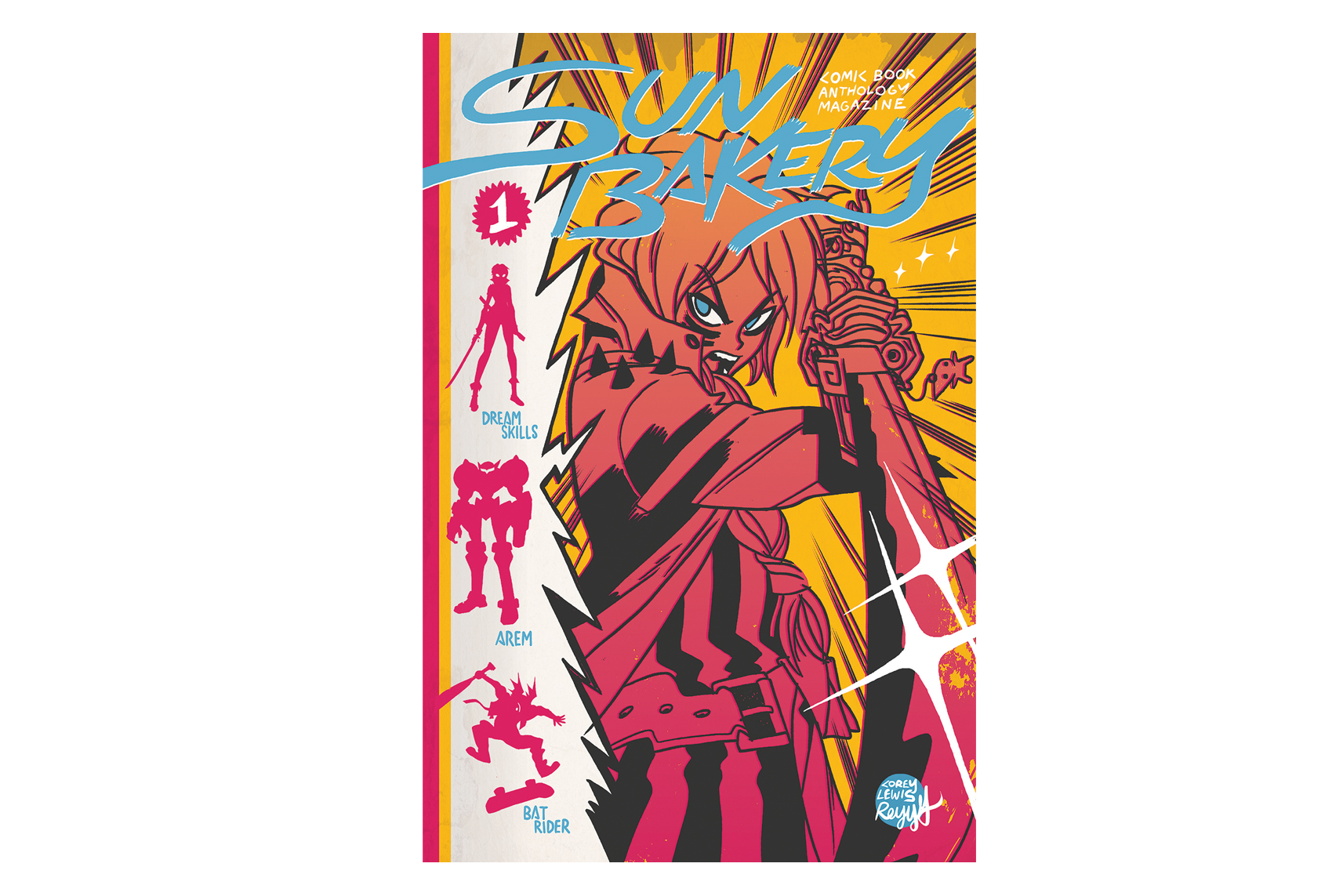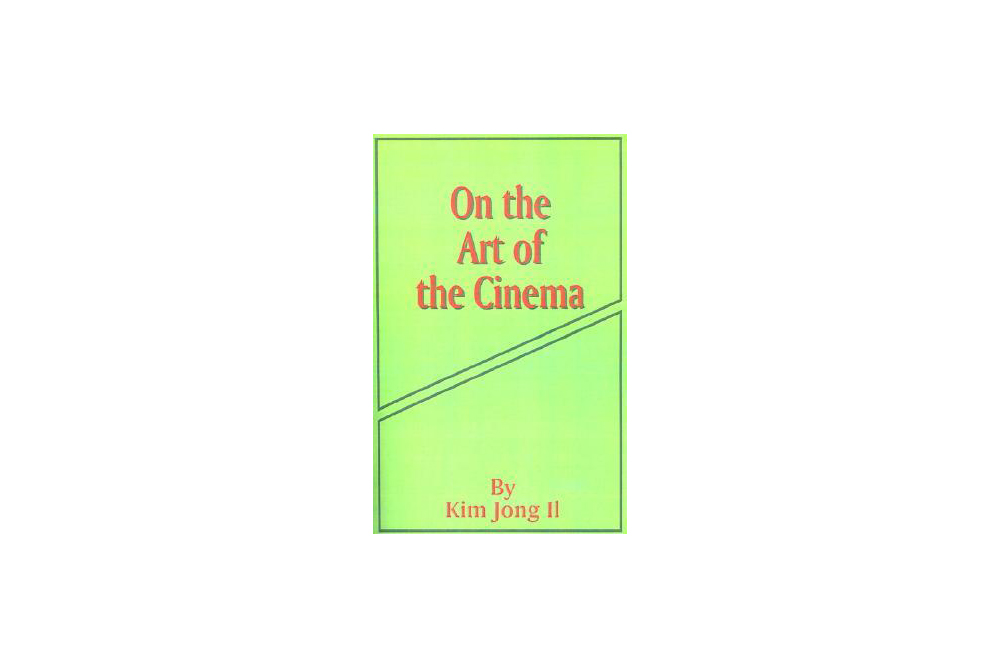Once upon a time, there was no such thing as Walt Disney’s Beauty and the Beast. Fairy tales were grim fables full of blood, guts and sex. Not everybody got a happy ending, and when they did it came at a price. Life, according to fairy tales told across centuries and cultures, is kind of dark and terrible. Women don’t have agency, and their capital lies solely in their ability to marry. Terrible beasts and ancestral curses crawl and haunt the land.
Angela Carter’s The Bloody Chamber is a collection of stories that harken back to the old tradition of life being just a teensy bit horrific. She writes about everything from the legend of Bluebeard to Red Riding Hood. Delightfully dark and disturbing, some of the stories in here will make your skin crawl. Carter rewrites Bluebeard in the eponymous story, “The Bloody Chamber.” With an iron maiden, dead bodies and blood pooling on the floor—Carter definitely doesn’t shy away from gore.
Some of the stories in here—“Bluebeard” and the two versions of “Beauty and the Beast”—are similar to the original tales almost to the point of being boring. But Carter turns what looks like boilerplate fairy tale on its head by playing around with the idea of female agency. The hero in “The Bloody Chamber,” for instance, is the protagonist’s mother. It is the strength of motherly love that ultimately saves the girl from her own naivete, the thing which, in most contexts, is supposed to be her saving grace.
Carter takes on the idea that women, and their innocence and virginity, are to be seen as capital—things to be bought, sold and exchanged for goods and services—and instead gives these women voices and self-awareness. Marriage is not the ultimate saving grace, and in fact the only good marriages in these stories are the ones the women themselves choose while exercising full awareness. In “The Tiger’s Bride,” the unnamed Beauty notes the injustice of being victim to the whims of her father’s gambling addiction and ultimately being nothing more than a ransom for another round: “I watched with the furious cynicism peculiar to women whom circumstances force mutely to witness folly.”
The Bloody Chamber is short, clocking in at 126 pages, but don’t let that fool you into thinking you can read her collection of updated fairy tales in a day. For such a short book, Carter packs in a lot. Every word counts, and then some.
The prose is rich—decadent almost—entangling. The syntax is complicated and oftentimes downright confusing. Carter switches points of view and tenses mid-sentence. The stories are riddled with comma splices and dangling modifiers. By all accounts, this book should be considered poorly written, and yet it works. Carter’s writing is so dense with imagery and detail that you can forgive the dizzying sentence structure. In “The Tiger’s Bride,” for instance, she writes, “Everything flowers; no harsh wind stirs the voluptuous air. The sun spills fruit for you. And the deathly, sensual lethargy of the sweet South infects the starved brain; it gasps, ‘Luxury! more luxury!’” It’s just so damn pretty.
By the end, you’re wholly transported to a realm of haunting beauty and decay. Expect to be bogged down. Accept it. Sink into the quicksand.






